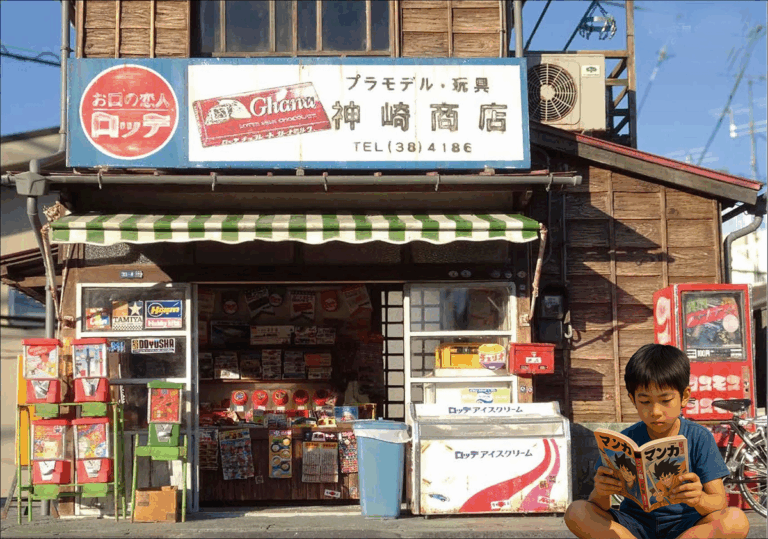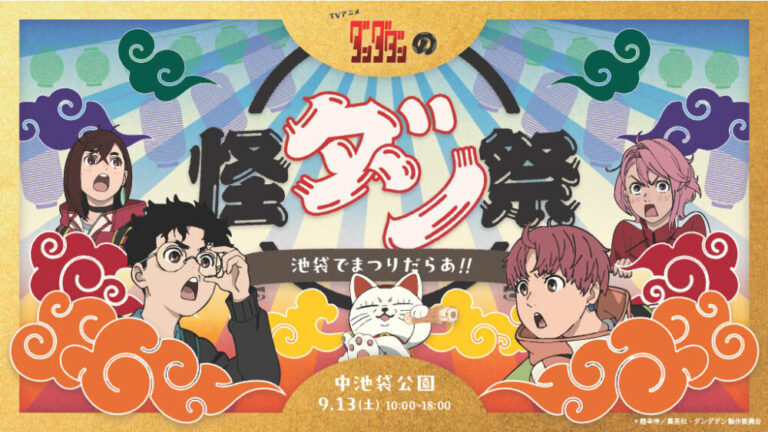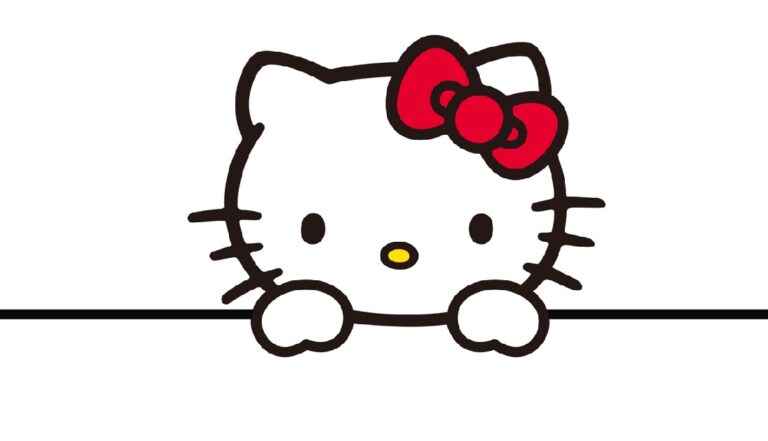Tetsu-Ota: The Fascinating World of Japan’s Rail Enthusiasts
What is a Tetsu-ota?
When people talk about otaku culture in Japan, anime and video games usually come to mind. But there’s another realm that’s just as passionate and intense—Tetsu-ota. If you think trains are just a way to get from A to B, your worldview might be about to change.
In Japan, tetsu-ota — short for tetsudō otaku — are hardcore train enthusiasts whose lives revolve around railways. The word “tetsu” comes from tetsudō (鉄道), meaning railway, and these devoted fans eat, sleep, and breathe everything train-related. Once you witness their sheer passion, don’t be surprised if you find yourself getting hooked, too.
The Many Flavors of Tetsu-Ota
The world of Tetsu-ota is surprisingly diverse. Each person has their own angle and way of enjoying trains. Here are just some of the subtypes that make up this fascinating community:
Toritetsu (Photographers):
There are many different types of tori-testu. Some travel all over Japan, even to remote mountain areas, to take the best shots of the scenery and railways, while others set up a stepladder beside the tracks, get the angle just right, and take cool shots of the trains.
Noritetsu (Riders):
The fun is in the ride itself. Whether it’s a popular train for which tickets are hard to get, or a local line that runs through uncharted territory and is on the verge of being closed, nori-tetsu truly enjoy the train journey itself.
💡Tips💡 3 Trains Everyone Wants to Ride

Sunrise Izumo
Japan’s only overnight sleeper trains still in regular service. They run from Tokyo to Shikoku and the San’in region, offering private cabins and a nostalgic overnight rail experience that train geeks dream of.

Train Suite Shiki-Shima
An ultra-luxury sightseeing train operated by JR East. With suite rooms, observation cars, and fine dining on board, it’s more like a hotel on rails. Tickets are extremely hard to get — which only fuels the obsession.

Tadami Line
A scenic rural line stretching between Fukushima and Niigata, famous for its breathtaking views of mountains, rivers, and steel bridges. It’s a line you travel just for the ride itself — especially beautiful in autumn or snow.
Ototetsu (Sound Collectors):
Not to be confused with photographers, these fans are all ears—literally. Armed with high-quality mics, they record train motors, departure melodies, door chimes, and even platform announcements. Some can identify the manufacturer or model just by its acceleration sound. For them, the station is a concert hall, and the train is the orchestra.
Sharyotetsu (Car Enthusiasts):
Deeply interested in the physical features of trains, these otaku can name different car types by their design codes. They often obsess over details like seating arrangements, bogies (wheel systems), LED displays, and even the materials used in the floor panels. Riding a rare rolling stock is like meeting a celebrity.
Mokeitetsu (Model Builders):


These creators build entire railway worlds in miniature. Using dioramas, electric model trains, and custom-made scenery, they recreate everything from local stations to metropolitan networks. Every tree, crossing signal, and tiny commuter is placed with care. Some even simulate rush hour traffic.
And the list continues…
Collectors (Tickets, station stamps):
These otaku are all about gathering tangible memories. From old-school punch tickets to limited-edition IC cards, and especially the ink stamps you can find at almost every station in Japan. Their train journeys aren’t complete without adding something new to their collections.
Timetable Fans:


Yes, there are people who read train timetables like novels. They find beauty in precision and efficiency, and some even challenge themselves to plan the most complex yet feasible train routes. It’s part logic puzzle, part art form.
Station Geeks:
Noticing the font used on a platform sign? Memorizing the layout of obscure rural stations? These folks appreciate stations as architectural and cultural spaces. From retro tile walls to quirky platform music, every detail is a source of joy.
Abandoned Line Lovers:
With a passion for nostalgia and mystery, these otaku seek out disused or demolished train lines. They visit overgrown tracks, forgotten tunnels, and station ruins, imagining the stories and lives once connected by the rails.
Safety System Enthusiasts:
From crossing gates to signal lights, these fans are fascinated by the mechanisms that keep railways safe and efficient. Many know the exact model numbers of warning bells or the differences in signal types by region.
Rail History Buffs:
Obsessed with the evolution of Japanese railways, they read historical documents, collect old uniforms, and might even give you an impromptu lecture on the privatization of JNR or the rise of private rail networks.
Ekiben Lovers:

@Keio Department Store
Their journeys are motivated by food—specifically, bento boxes sold at train stations. They travel across prefectures just to taste regional specialties, and some blog or vlog their culinary adventures in detail.
Company / Regulation Otaku:
Into the business side of things, these enthusiasts study rail company structures, management strategies, fare systems, or even the legal framework that governs rail operations in Japan.
SL Train Fans:
Deeply nostalgic, these otaku adore steam locomotives and old rolling stock. They follow preservation groups, go on heritage railway trips, and often have strong feelings about which era was the “golden age” of trains.
The Good, the Weird, and the Trouble
However, not everyone in the community brings good press. A small group—nicknamed “Kuzu-tetsu” (literally “scrap metal,” a pun on both bad behavior and leftover iron bits)—have gained notoriety for breaking rules and causing trouble. Whether it’s trespassing to get a photo or disturbing other passengers, these few bad apples have cast a shadow over the entire community.

Love Taken Too Far: Real-Life Incidents
Passion, when unchecked, can lead to controversy. Tetsu-ota have made headlines for the wrong reasons more than once:
Trespassing for Photos: Some enthusiasts enter private farmland or residential property to get that perfect shot. Not surprisingly, this leads to frequent conflicts with locals.
Clashes with Station Staff: There have been cases where fans set up tripods on platforms, get told off by staff, and react violently.
SNS Flame Wars: Some fans hoard information about train schedules or locations and lash out online when others share it. These feuds have even escalated into offline confrontations.
Sources:
NHK, “Toritetsu Trouble: Unauthorized Entry Incidents” (2021)
J-CAST News, “Rowdy Train Fans Harm the Hobby’s Reputation” (2020)
Hierarchy in the World of Tetsu-ota?
Although it’s a bit tongue-in-cheek, the Tetsu-ota scene has an unofficial hierarchy:
Gachi-tetsu(Really-professional-tetsuota):They are professional train enthusiasts who appear on TV programs, publish train photography books, and earn an annual income of over 10 million yen.
Pro-tetsu(professional-tetsuota): They love trains more than anything else, and are train enthusiasts employed by railway companies, or are hobbyists, journalists, YouTubers, and even station announcers, all working as professionals
Part-Time-tetsu: Those who work at train stations or rail companies as a way to stay close to their passion.
General-tetsu:They are nerds who enjoy one or more categories in a casual and easy-going way without digging too deep.
Family-tetsu(chibi-tetsu/mom-tetsu): Moms and kids who enjoy trains together—a growing demographic.
--- an insurmountable wall ---
Kuzu-tetsu (Trash Otaku): The rule-breakers, often shunned by other fans.
Like any fandom, there’s a line between casual interest and obsession, and sometimes tension forms between the “casuals” and the “hardcores.”
Are There Tetsu-ota Abroad?
Definitely. In Canada, the UK, and the U.S., enthusiasts go by names like “railfans” or “trainspotters.” But the level of specialization you see in Japan—this kind of granular obsession—is rare.
Lately, many English-speaking YouTubers have started showcasing Japan’s railway culture, and their videos are surprisingly popular. Gourmet train rides and luxury sightseeing trains seem to be the most buzzworthy topics.
Not Just Hobbyists—Cultural Contributors
Tetsu-ota also give back to society in ways that often go unrecognized:
Sometimes, their passion becomes a lifeline for rural towns looking to revitalize themselves.
Tetsu-Ota as a Way of Life
Being a Tetsu-ota in Japan isn’t just about liking trains—it’s about building a lifestyle around that love. For these fans, trains aren’t merely vehicles; they’re symbols, passions, sometimes even life companions.
If you’re curious about Japanese subcultures, Tetsu-ota offer a unique window into how deep fandom can go—and how, in Japan, almost anything can become a world of its own.
You might also be interested in these articles
■How Japanese dam otakus enjoy dams

Born in Japan, raised in Toronto. I dive deep into anime, pop culture, and history — bringing both otaku vibes and global views.







